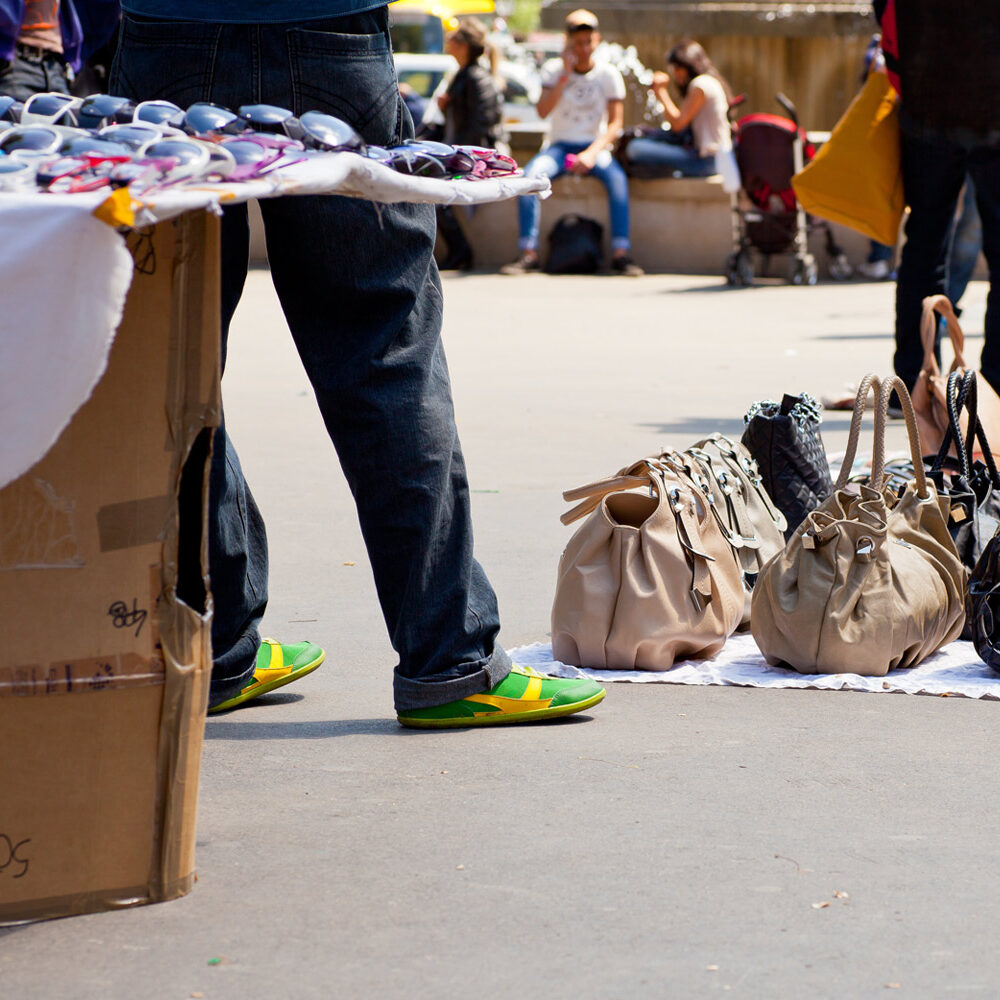A new report from the European Commission and the European Union Intellectual Property Office (EUIPO) reveals that counterfeit goods continue to pose a serious threat to both European businesses and consumer safety. In 2024, over 112 million counterfeit items were detained, with a total value of €3.8 billion, which is an 11% increase in value compared to the previous year, despite a 26% drop in the number of items detained. The rise in value is partly driven by a sharp increase in unit prices.
The report, “EU enforcement of IPRs: Results at EU border & EU internal market 2024”, documents how intellectual property rights infringements continue to pose a serious threat to the economy and consumer safety across the EU.
Detentions concentrated in a few EU Countries
Seven EU countries – Italy, Spain, France, the Netherlands, Portugal, Romania, and Poland – account for 90% of all detentions. Italy alone is responsible for 68.6% of counterfeit goods detained within the internal market. By comparison, the remaining nine countries in the top ten collectively account for just 16.5%.

Photo: Adobe Stock
China remains the primary source of counterfeit goods, followed by Turkey and the United Arab Emirates. Many items are shipped in small parcels via postal and courier services, making it more difficult for authorities to detect and intercept infringements.
CDs/DVDs (including software) made up more than a third of all counterfeit items detained last year (34.84%), driven largely by a surge within the EU’s internal market. Other common counterfeit goods include toys, clothing, cigarettes (including e-cigarettes), perfumes, and cosmetics.
Counterfeiting is not just an economic issue
Intellectual property infringements have far-reaching consequences. The EU could potentially miss out on billions of euros in revenue each year, while many of the detained products pose a direct health risk to consumers:

“Counterfeit goods can have serious consequences not only for the rights holder whose trademark has been infringed, but also for the consumer. They undermine trust in genuine products and brands, and expose users to significant risks, as the copies may be outright dangerous or harmful to health. Counterfeit items typically have not undergone the necessary certifications or quality checks,” says Ellen Breddam, Head of Trademarks at Plougmann Vingtoft, and continues:
“Examples include cosmetics containing harmful chemicals, electronics with fire hazards, medicines without approval or documentation, and toys with small parts that pose a choking risk.”
Collaboration and technology strengthen efforts
The EU’s efforts against counterfeit goods rely on close cooperation between customs authorities, police, Europol, EUIPO, and national market surveillance authorities. Digital tools such as databases, AI, blockchain, and mobile apps enhance enforcement, enabling faster and more accurate identification of fake products.
The various Member States have also intensified monitoring within the internal market. However, future efforts will require even closer collaboration, improved technology, and increased awareness among authorities, businesses, and consumers as criminal actors become more creative and digitally savvy.